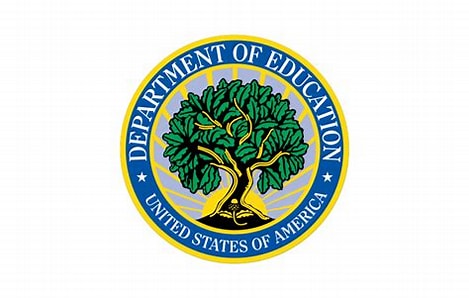Established in 1979, the U.S. Department of Education has been a cornerstone of federal involvement in education. However, executive orders aim to reduce the department’s size and influence, ultimately eliminating it with congressional approval is ongoing. This move has sparked significant debate and concern. This article explores the reasons behind this decision and its potential implications.
Two Executive Orders So Far
The executive order, titled “Expanding Educational Freedom and Opportunity for Families,” focuses on supporting parents in choosing the best educational settings for their children and promoting school choice. Another executive order, “Ending Radical Indoctrination in K-12 Schooling,” aims to address concerns about the content taught in schools and ensure compliance with anti-discrimination laws.
Reasons for the Proposed Shutdown
- Political Agenda: The primary driver behind the shutdown is the current administration’s political agenda. President Donald Trump has long advocated for the abolition of the Department of Education, arguing that it is an unnecessary federal intrusion into local education matters. His administration has taken steps to diminish the department’s influence, including budget cuts and staff reductions.
- Budgetary Concerns: The Department of Education’s annual budget is substantial, with significant portions allocated to federal student loans and grants. Critics argue that these funds could be better managed at the state and local levels, reducing federal overhead and allowing for more tailored educational programs.
- Constitutional Arguments: Some opponents of the Department of Education argue that its existence is unconstitutional. They cite the 10th Amendment, which reserves powers not delegated to the federal government to the states. This perspective suggests that education should be managed by state and local governments rather than a federal entity.
- Performance Issues: Despite its significant budget, the Department of Education has faced criticism for not improving student performance. The U.S. has lagged behind other countries in reading, science, and math. Proponents of the shutdown believe that eliminating the department could lead to innovative approaches at the local level that might better address these issues.
Implications of the Proposed Shutdown
- Impact on Federal Funding: The diminishing role of the Department of Education will profoundly impact federal funding for education. Programs such as Title I, which provides financial assistance to schools with high numbers of low-income students, and federal student loans and grants will need to be restructured or transferred to other agencies.
- State and Local Control: With the federal department out of the picture, state and local governments will have more control over education policies and funding. This could lead to more diverse and localized educational approaches, but it also raises concerns about disparities in academic quality and resources across different states and regions.
- Legal and Administrative Challenges: Dismantling the Department of Education will involve significant legal and administrative challenges. Many of its programs and functions are mandated by federal legislation, requiring congressional approval to be entirely abolished. This could lead to a protracted and contentious legislative battle.
- Uncertainty for Students and Educators: If there is a shutdown, it will create uncertainty for students, educators, and institutions that rely on federal support. The transition period may disrupt funding and programs, affecting millions of students and educators nationwide. It must be understood that funds will be reallocated to the states.
Education Rankings by Country in 2025 (Complete List) – Lsu Rec
In conclusion, the U.S. Department of Education shutdown is a complex and controversial move driven by political, budgetary, and constitutional arguments. While it may lead to more localized control over education, it poses significant challenges and uncertainties. The full impact of this decision will unfold in the coming years as the education landscape in the U.S. adjusts to this monumental change.




